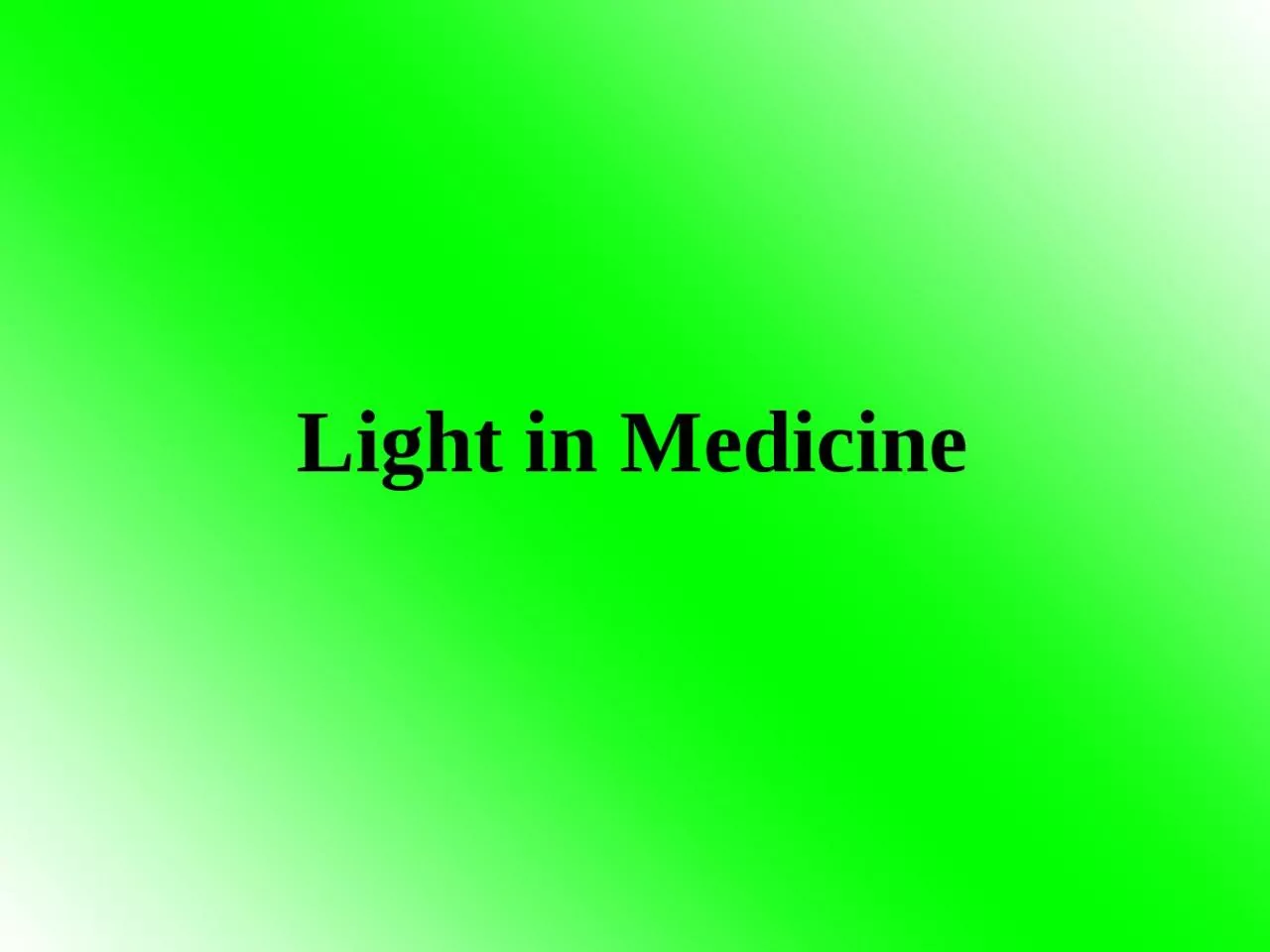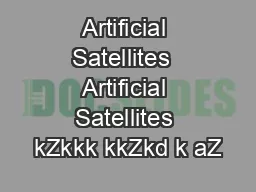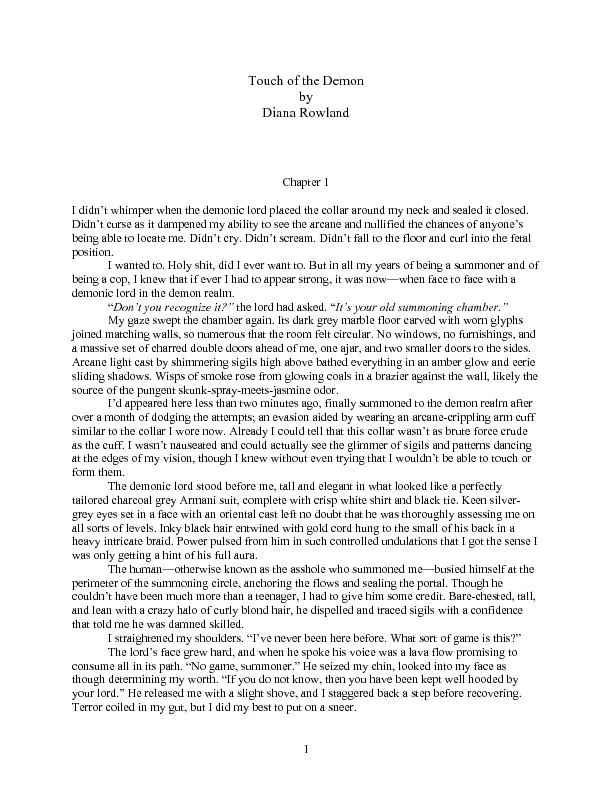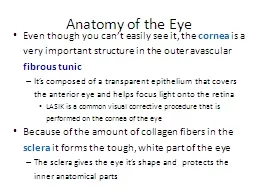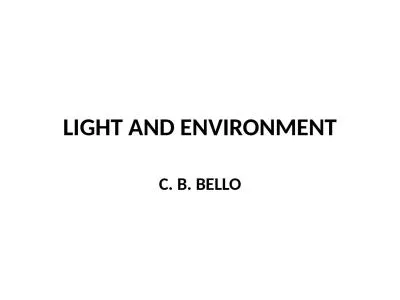PPT-Light in Medicine Even though man is now very efficient at making artificial
Author : winnie | Published Date : 2024-02-02
light the sun is still the major source of light in the world The sun is both beneficial and hazardous to our health Light has some interesting properties many
Presentation Embed Code
Download Presentation
Download Presentation The PPT/PDF document "Light in Medicine Even though man is ..." is the property of its rightful owner. Permission is granted to download and print the materials on this website for personal, non-commercial use only, and to display it on your personal computer provided you do not modify the materials and that you retain all copyright notices contained in the materials. By downloading content from our website, you accept the terms of this agreement.
Light in Medicine Even though man is now very efficient at making artificial: Transcript
Download Rules Of Document
"Light in Medicine Even though man is now very efficient at making artificial"The content belongs to its owner. You may download and print it for personal use, without modification, and keep all copyright notices. By downloading, you agree to these terms.
Related Documents

